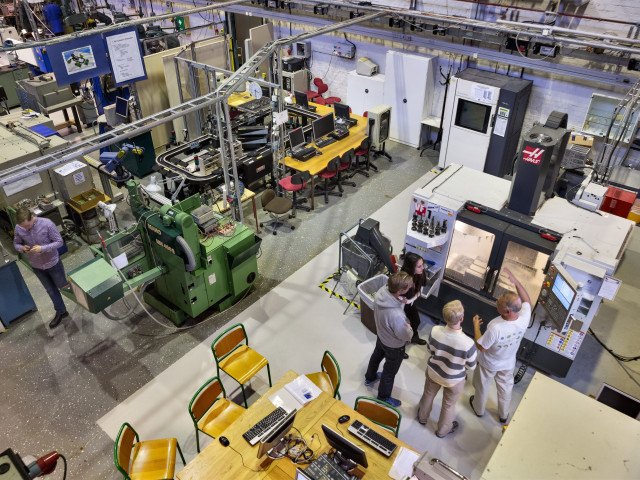Lectures that give an overview of the subject with theories and applied examples. These include: biomechanics, cognitive psychology, anthropometrics, personal injury risks, product development process, usability, product design
Three laboratory work sessions where the focus is on learning how to apply a selection of ergonomics methods.
A project where the objective is to shape and carry out a project to improve ergonomics, develop a prototype and evaluate it with the help of users. The project includes collaboration as well as independent work and the students give and receive feedback to / from other students
The overall aim of the course is that the students as engineers shall be able to develop usable products, to analyse and support effective and safe work and sports performance.
After fulfilling the course requirements, each student shall be able to:
1.With their own words explain fundamental concepts and fields such as personal injury risks, human physical and psychological possibilities and constraints, sports performance, over-exertion injuries and methods for risk management and product development,
2.Explain and practically use design and ergonomics methods, such as Nielsen usability models, biomechanical models and Borg’s subjective rating scales,
3.Methodically and in a structured way develop a prototype, test and evaluate it from ergonomics perspectives, such as risk, usability and efficiency,
4.Document and communicate the result of their own work orally and in writing and study and judge the work of others in a structured way.
